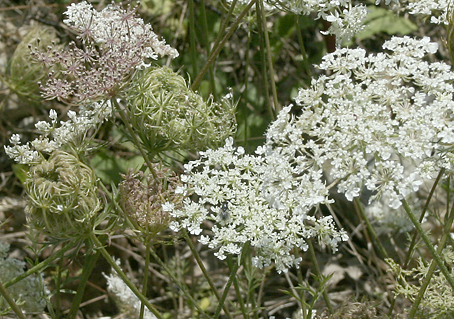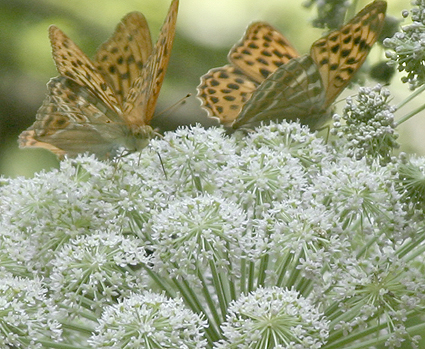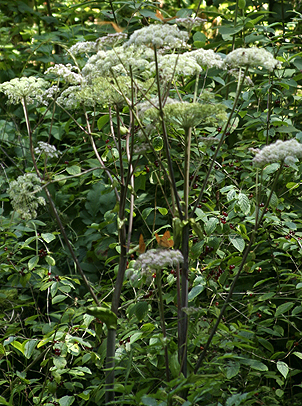I decided to try Sarah’s 100 Species Challenge. It’s a really cool idea, and I think half the challenge will be to see how many names Antonia can learn too. My list of plants so far is one of the pages listed at the top of the sidebar. It is there because there are many things I haven’t figured out about WordPress yet, and one of them is how to edit my sidebar in any entertaining way.
The first part of the challenge is to post the list of rules, as follows:
The 100-Species Challenge
1. Participants should include a copy of these rules and a link to this entry in their initial blog post about the challenge. I will make a sidebar list of anyone who notifies me that they are participating in the Challenge.
2. Participants should keep a list of all plant species they can name, either by common or scientific name, that are living within walking distance of the participant’s home. The list should be numbered, and should appear in every blog entry about the challenge, or in a sidebar.
3. Participants are encouraged to give detailed information about the plants they can name in the first post in which that plant appears. My format will be as follows: the numbered list, with plants making their first appearance on the list in bold; each plant making its first appearance will then have a photograph taken by me, where possible, a list of information I already knew about the plant, and a list of information I learned subsequent to starting this challenge, and a list of information I’d like to know. (See below for an example.) This format is not obligatory, however, and participants can adapt this portion of the challenge to their needs and desires.
4. Participants are encouraged to make it possible for visitors to their blog to find easily all 100-Species-Challenge blog posts. This can be done either by tagging these posts, by ending every post on the challenge with a link to your previous post on the challenge, or by some method which surpasses my technological ability and creativity.
5. Participants may post pictures of plants they are unable to identify, or are unable to identify with precision. They should not include these plants in the numbered list until they are able to identify it with relative precision. Each participant shall determine the level of precision that is acceptable to her; however, being able to distinguish between plants that have different common names should be a bare minimum.
6. Different varieties of the same species shall not count as different entries (e.g., Celebrity Tomato and Roma Tomato should not be separate entries); however, different species which share a common name be separate if the participant is able to distinguish between them (e.g., camillia japonica and camillia sassanqua if the participant can distinguish the two–“camillia” if not).
7. Participants may take as long as they like to complete the challenge. You can make it as quick or as detailed a project as you like. I’m planning to blog a minimum of two plants per week, complete with pictures and descriptions as below, which could take me up to a year. But you can do it in whatever level of detail you like.
I’m starting the challenge with a really weird flower we identified last week. It is called Monotropa Hypopitys and has a bunch of common names, one of which is Dutchman’s Pipe.
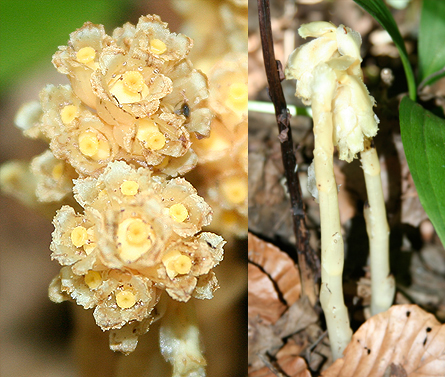
Mike was convinced it was a fungus because it was growing in a very dark wood. Also it is fungus coloured, with no green parts. There is a simple explanation! This plant does not photosynthesize. It is a parasite, feeding off the bodies of fungi under the ground. I was fascinated.
This Monotropa can be found throughout the northern hemisphere, but according to Wikipedia, it is rather rare.
We also saw Martagon Lilies last week. Antonia was the first to find them, so she is very proud, and remembers their name. They are quite spectacular, and though not terribly rare, you have to be in the right place at the right time to spot them.
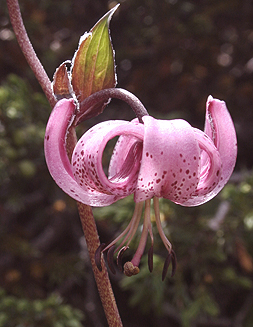
Martagon Lilies are only found wild in Eurasia as far as I know. Perhaps they are garden flowers elsewhere?
